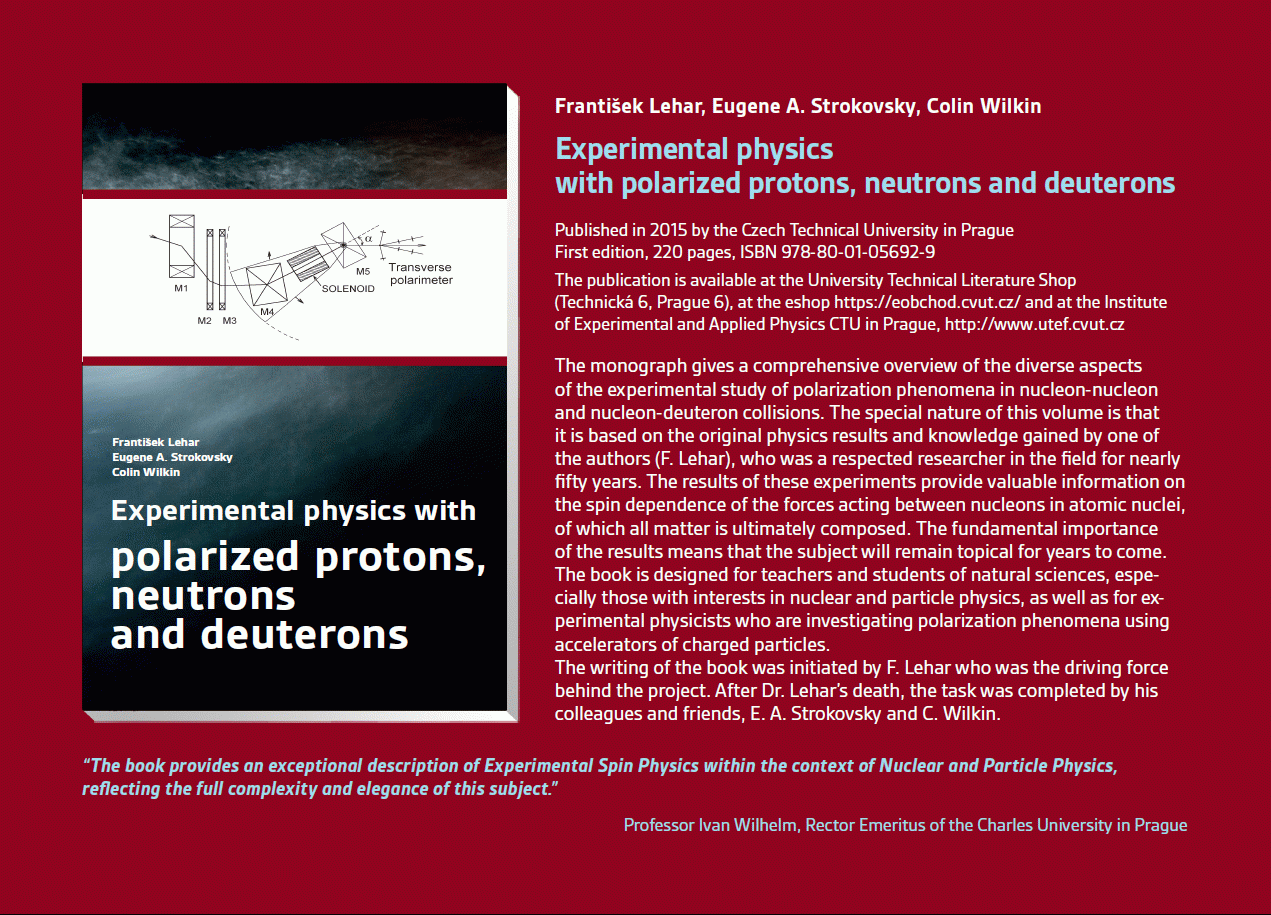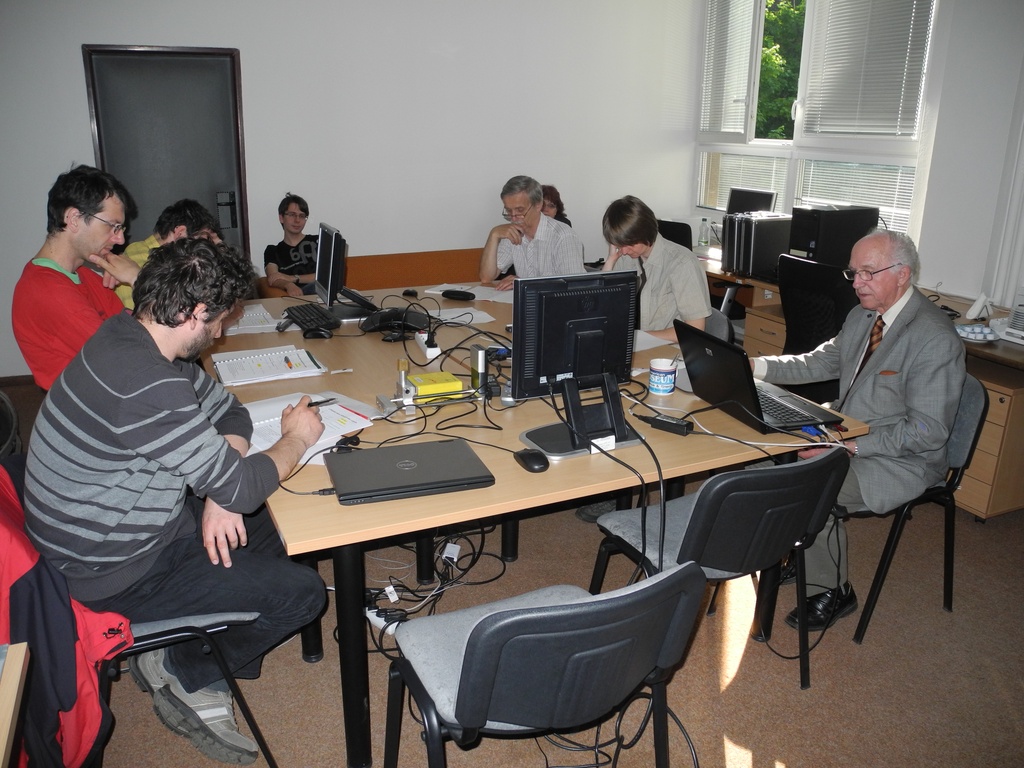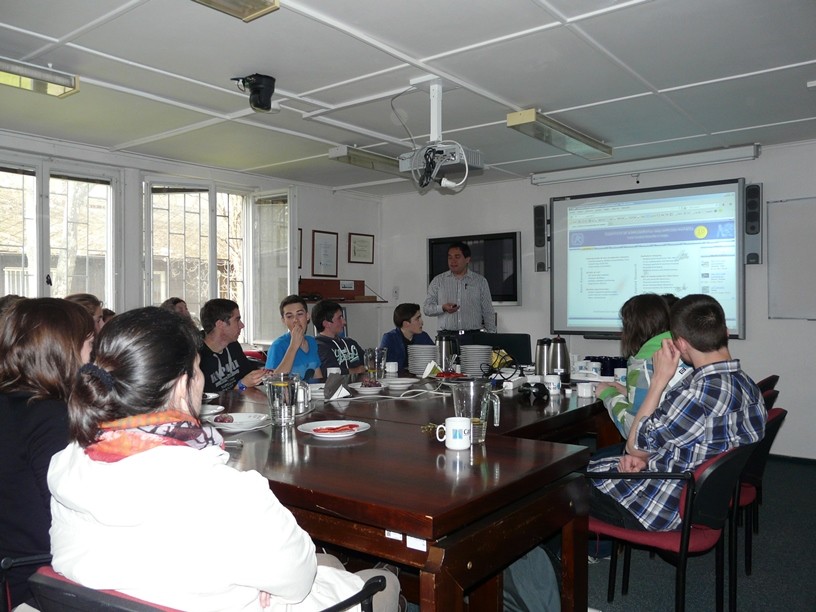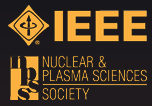Publikace
> Články v impaktovaných časopisech
> 'Study of charge-sharing in MEDIPIX3 using a micro-focused synchrotron beam'
Study of charge-sharing in MEDIPIX3 using a micro-focused synchrotron beam
Autor
| Gimenez Eva | Diamond Light Source Ltd, Harwell Science and Innovation Campus, Didcot,OX11 ODE, Oxfordshire, UK |
| Ballabriga R. | CERN, PH Department, 1211 Geneva 23, Switzerland |
| Campbell Michael | CERN |
| Llopart Xavier | CERN |
| Horswell I | Diamond Light Source Ltd, Harwell Science and Innovation Campus, Didcot,OX11 ODE, Oxfordshire, UK |
| Marchal J | Diamond Light Source Ltd, Harwell Science and Innovation Campus, Didcot,OX11 ODE, Oxfordshire, UK |
| Sawhney K J S | Diamond Light Source Ltd, Harwell Science and Innovation Campus, Didcot,OX11 ODE, Oxfordshire, UK |
| Tartoni N | Diamond Light Source Ltd, Harwell Science and Innovation Campus, Didcot,OX11 ODE, Oxfordshire, UK |
| Tureček Daniel, Ing. | UTEF |
Rok
2011
Časopis
Journal of Instrumentation 6 C01031, doi: 10.1088/1748-0221/6/01/C01031
Web
Obsah
X-ray photon-counting detectors consisting of a silicon pixel array sensor bump-bonded to a CMOS electronic readout chip offer several advantages over traditional X-ray detection technologies used for synchrotron applications. They offer high frame rate, dynamic range, count rate capability and signal-to-noise ratio. A survey of the requirements for future synchrotron detectors carried out at the Diamond Light Source synchrotron highlighted the needs for detectors with a pixel size of the order of 50μm. Reducing the pixel size leads to an increase of charge-sharing events between adjacent pixels and, therefore, to a degradation of the energy resolution and image quality of the detector. This effect was observed with MEDIPIX2, a photon-counting readout chip with a pixel size of 55μm. The lastest generation of the MEDIPIX family, MEDIPIX3, is designed to overcome this charge-sharing effect in an implemented readout operating mode referred to as Charge Summing Mode. MEDIPIX3 has the same pixel size as MEDIPIX2, but it is implemented in an 8-metal 0.13μm CMOS technology which enables increased functionality per pixel. The present work focuses on the study of the charge-sharing effect when the MEDIPIX3 is operated in Charge Summing Mode compared to the conventional readout mode, referred to as Single Pixel Mode. Tests of a standard silicon photodiode array bump-bonded to MEDIPIX3 were performed in beamline B16 at the Diamond Light Source synchrotron. A monochromatic micro-focused beam of 2.9μm x 2.2μm size at 15keV was used to scan a cluster of nine pixels in order to study the charge collection and X-ray count allocation process for each readout mode, Single Pixel Mode and Charge Summing Mode. The study showed that charge-shared events were eliminated when Medipix3 was operated in Charge Summing Mode.
Granty
| 1P04LA211 | Spolupráce ČR s CERN |
Projekty
Pixelman: Software package for Medipix detectors
Příklad citace článku:
E. Gimenez, R. Ballabriga, M. Campbell, X. Llopart, I. Horswell, J. Marchal, K. Sawhney, N. Tartoni, D. Tureček, "Study of charge-sharing in MEDIPIX3 using a micro-focused synchrotron beam", Journal of Instrumentation 6 C01031, doi: 10.1088/1748-0221/6/01/C01031 (2011)
Hledat
Události
21.-22. 11. 2014
Seattle, USA
8-15 Nov 2014
Surrey, Velká Británie
8. září 2014
9. září 2014
24. 4. 2014
3. 4. 2014
Seoul, Korea
27 Oct - 2 Nov 2013
Paris
23-27 June 2013
Anaheim, USA
29 Oct - 3 Nov 2012






 Experimental physics
with polarized protons, neutrons and deuterons
Experimental physics
with polarized protons, neutrons and deuterons Progresivní detekční metody ve výuce subatomové a částicové fyziky
na ZŠ a SŠ
Progresivní detekční metody ve výuce subatomové a částicové fyziky
na ZŠ a SŠ NSS MIC IEEE Conference
NSS MIC IEEE Conference Konference SEPnet, CERN@school
Konference SEPnet, CERN@school Lovci záhad - spolupráce ČT a ÚTEF
Lovci záhad - spolupráce ČT a ÚTEF Progresivní detekční metody ve výuce subatomové a částicové fyziky na ZŠ a SŠ
Progresivní detekční metody ve výuce subatomové a částicové fyziky na ZŠ a SŠ Návštěva v rámci projektu „Listening to the universe by detection cosmic rays“
Návštěva v rámci projektu „Listening to the universe by detection cosmic rays“ NSS MIC IEEE Conference
NSS MIC IEEE Conference 15thIWORID
15thIWORID NSS MIC IEEE Conference
NSS MIC IEEE Conference